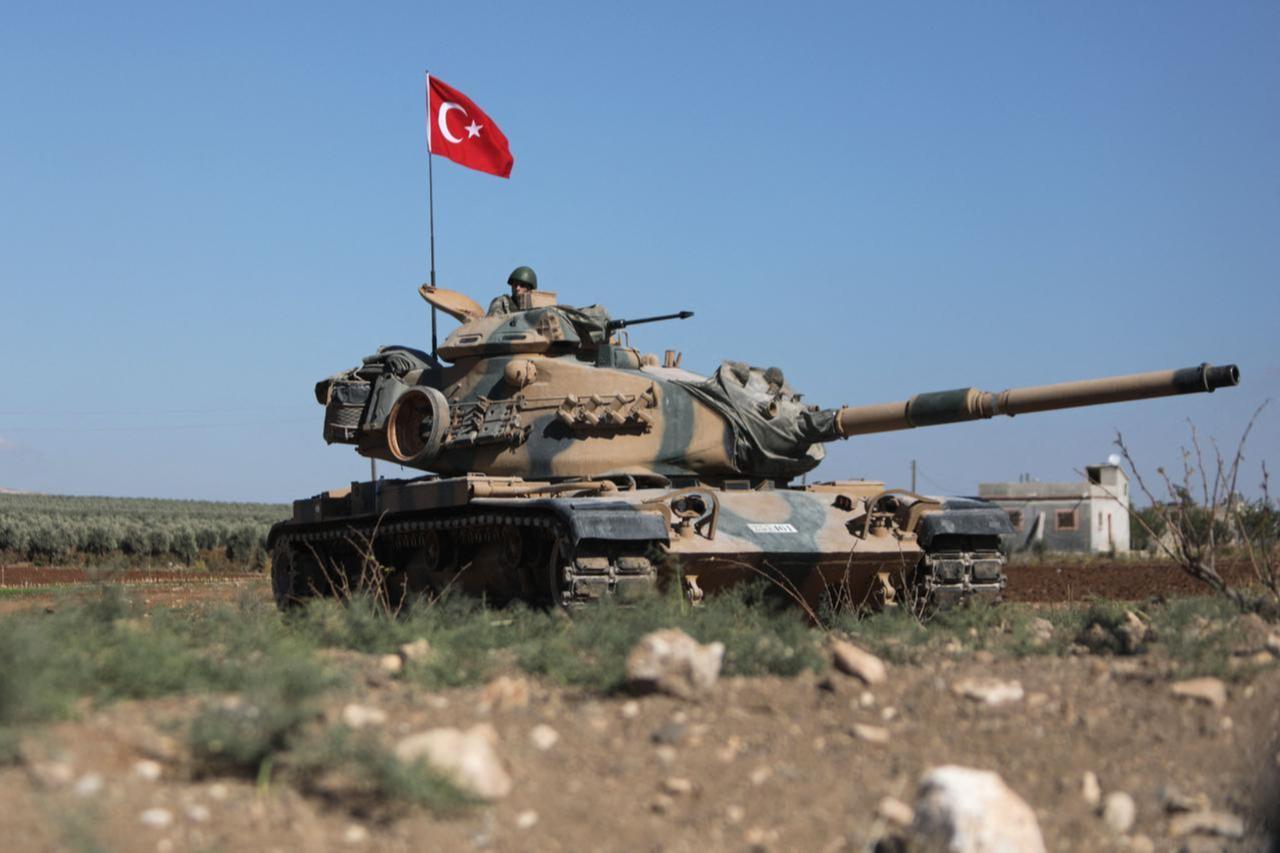
Türkiye and Syria’s interim government are stepping up coordination over the future of armed groups in northeast Syria. Ankara has made clear that it expects the disarmament and integration of the YPG, a group it regards as the Syrian extension of the outlawed PKK, into national structures.
At a joint press conference in Ankara, Foreign Minister Hakan Fidan and his Syrian counterpart, Asaad al-Shibani, underscored that the March 10 agreement for integration of military and civilian bodies remains binding.
Fidan accused Kurdish leaders of delaying tactics and aligning with external actors seeking to destabilize Syria.
The press conference also reflected growing Turkish-Syrian defense cooperation. Defense ministers Yasar Guler and Murhaf Abu Qasra signed a memorandum covering training, counterterrorism, and operational support, including against remnants of Daesh
Security sources in Ankara suggested that indirect Turkish backing could enable a Syrian military move against certain areas under the Syrian Democratic Forces (SDF), though the priority has been negotiations for so long.
While talk of a large joint Turkish-Syrian offensive lingers, media coverage has often overstated the SDF’s strength, overlooking its fragile internal cohesion and heavy reliance on an Arab base. Arab-majority areas remain the soft underbelly of Kurdish-led governance, and their loss would deal a major blow to its durability.
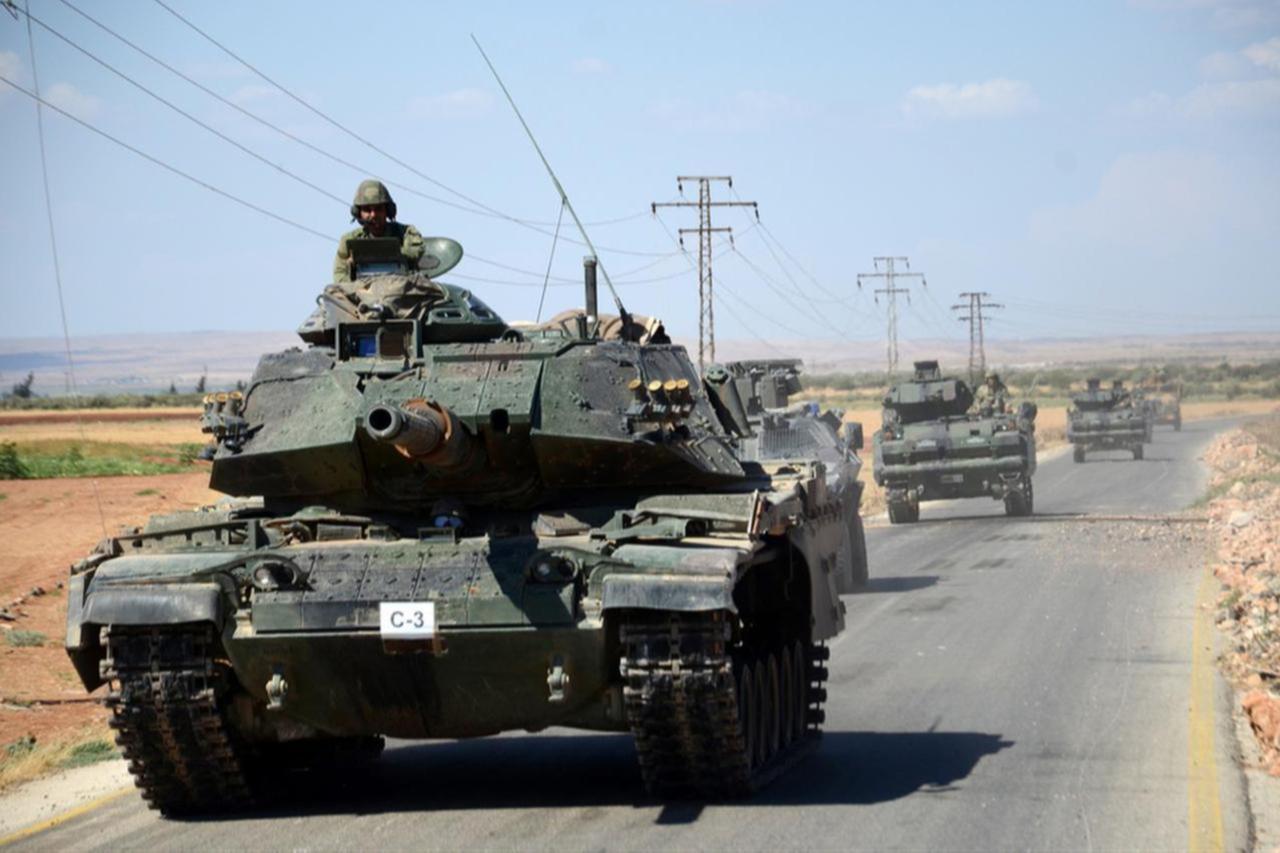
Claims that the SDF fields 50,000–100,000 fighters are exaggerated, according to Kutluhan Gorucu, a Syrian affairs expert with extensive studies on the country. He notes that the territories under SDF control have a population of only about 2.5 million, compared to 17–18 million in government-held areas.
“Within this population, Kurds make up at most 19%, concentrated around Qamishli and Ayn al-Arab. South of the M4 highway—in Raqqa, Tabqa, Deir ez-Zor, and southern Hasakah—there is almost no Kurdish population,” Gorucu explained.
This demographic imbalance has already shaped military calculations. Gorucu emphasized that in any future operation, Arab-majority areas would likely be prioritized.
These include key infrastructure along the Euphrates River, such as three of Syria’s most important dams, as well as the al-Omar oil field and the Conoco gas field. “Control over these resources would not only weaken the SDF’s autonomy project but also restore critical assets to Damascus,” he said.
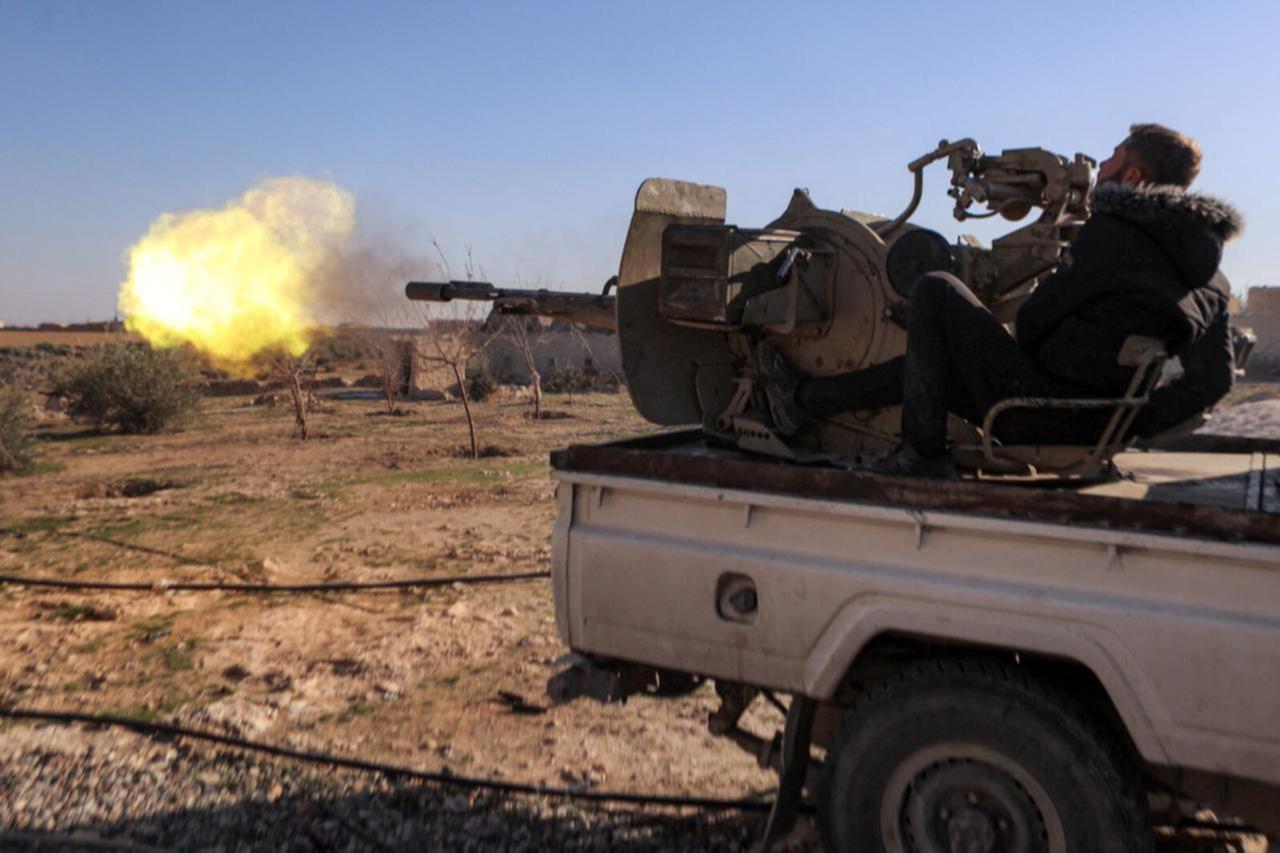
The SDF is often portrayed as cohesive, but its Arab components remain fragile. Gorucu recalled that during the 2019 Operation Peace Spring, “the SDF struggled to deploy Arab units, many of which refused to fight against Türkiye.”
Local Arab councils such as the Deir ez-Zor Military Council avoided confrontation, while Kurdish forces faced difficulties mobilizing conscripts.
“This is still one of their biggest vulnerabilities,” Gorucu added. “Arab tribes could change sides the moment the momentum shifts, especially as clashes between tribal elements and the SDF are still ongoing in Deir ez-Zor and Hasakah.”
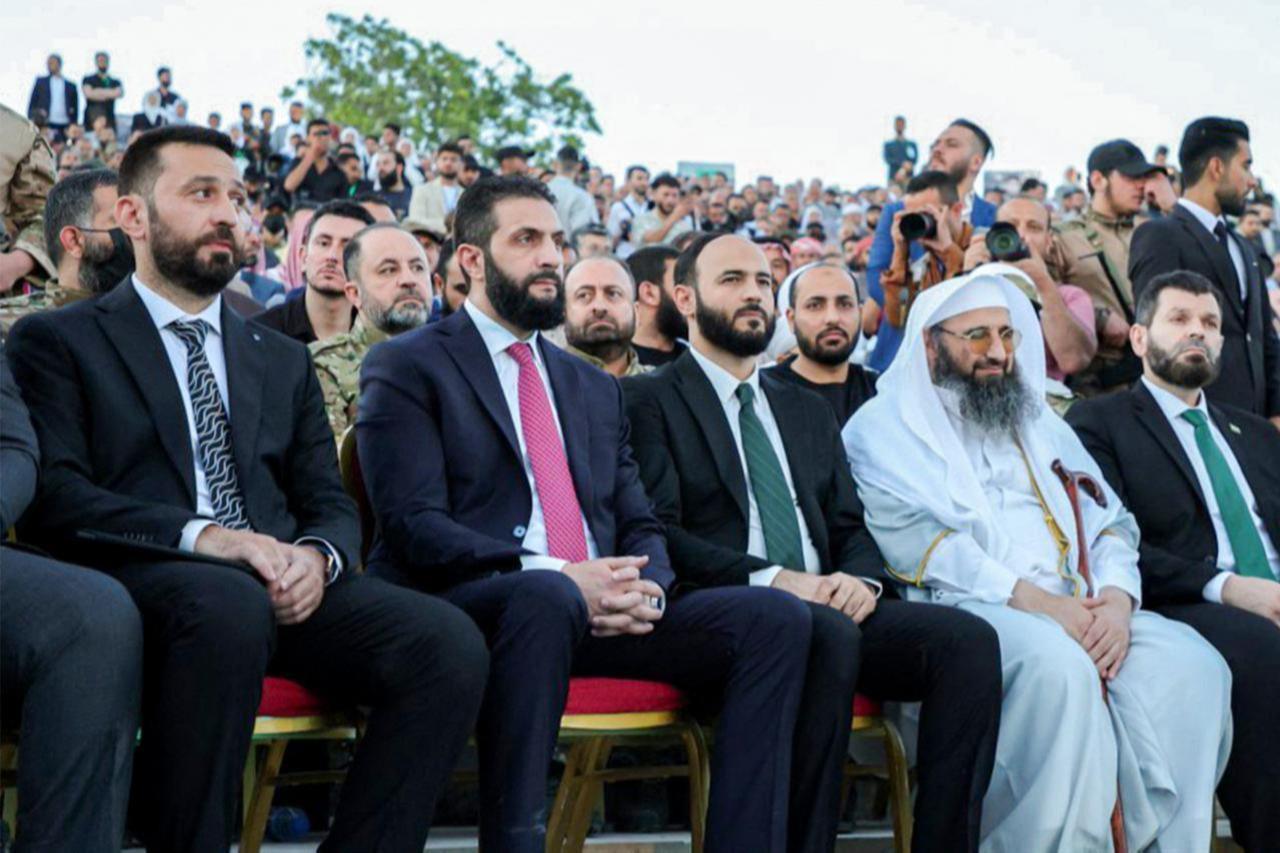
The United States continues to maintain limited support for the SDF, although its political commitment is wavering. American envoy Tom Barrack has been urging Ankara to delay military steps, hoping for further talks, while reports surfaced that the U.S. greenlights a potential limited operation. The Envoy for Syria repeatedly made it clear that the U.S. wants a united Syria in the region.
Hence, the parallel Syrian policies of Ankara and Washington make the probability of operation possible. Foreign Minister Hakan Fidan’s harsh remarks toward the SDF alongside Syrian FM Asaad al-Shibani prompted speculation, but his rhetoric has not yet been echoed by high-level government figures.
The ruling Justice and Development Party (AK Party) has remained quiet, while the Kurdish-oriented DEM Party of Türkiye spokeswoman urged Fidan to “update his rhetoric,” citing Türkiye’s ongoing peace process with Kurdish actors.
Currently, a new cross-border operation that involves Türkiye is unlikely in the near term, citing the absence of political backing, public debate, or visible military preparation.

Türkiye’s leadership frames the issue as a counterterrorism priority, insisting that YPG structures along its border are inseparable from the PKK.
Gorucu noted that Ankara’s approach is consistent with its past military campaigns, Euphrates Shield, Olive Branch, and Peace Spring, all of which aimed to neutralize perceived threats to national security.
In Damascus, President Ahmed al-Sharaa faces limited military capacity and a weakened economy. Cooperation with Türkiye offers him the possibility of regaining strategic areas and resources while relying on Ankara’s military and intelligence assets.
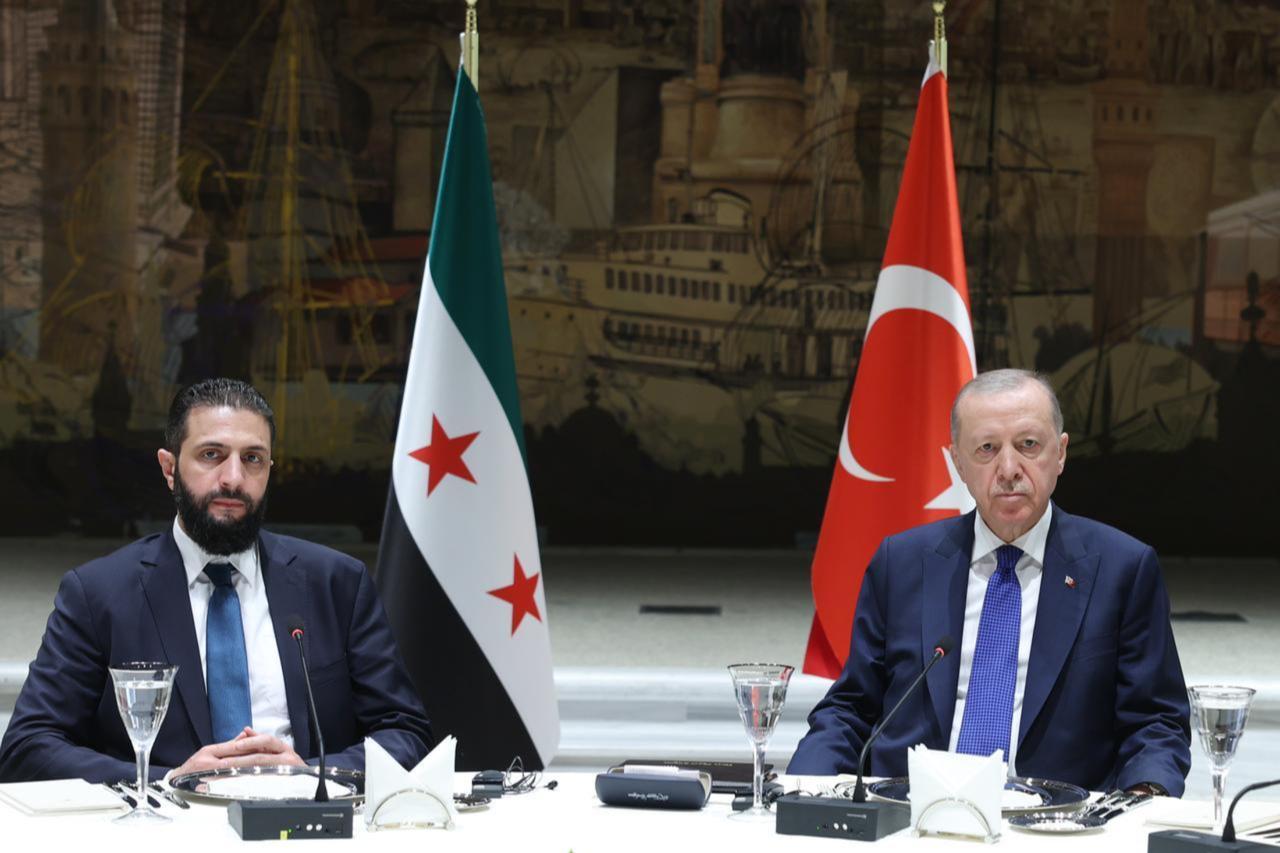
According to Gorucu, the likeliest next step would focus not on Kurdish-majority cities but on Arab-majority regions. “The first targets would be Arab areas, especially those with key oil and gas fields. Once these are retaken, Kurdish-held enclaves could be left for negotiation rather than immediate confrontation,” he said.
He also dismissed widespread speculation about targeted assassinations of SDF leaders. “It’s not realistic to expect a campaign of leadership assassinations as the primary approach. The real objective would be territorial control and resource denial, which would collapse the SDF’s governance project,” Gorucu argued.

In Türkiye, the government’s domestic political interests are still manageable, and as the near history shows, political movements relying on terror have failed through this very path before.
Türkiye and Syria appear set on a gradual approach: reclaiming Arab territories, leveraging Russian backing, and maintaining dialogue with Washington.
Whether this evolves into a broader confrontation or a negotiated settlement will depend on how long the SDF can withstand sustained political and military pressure.